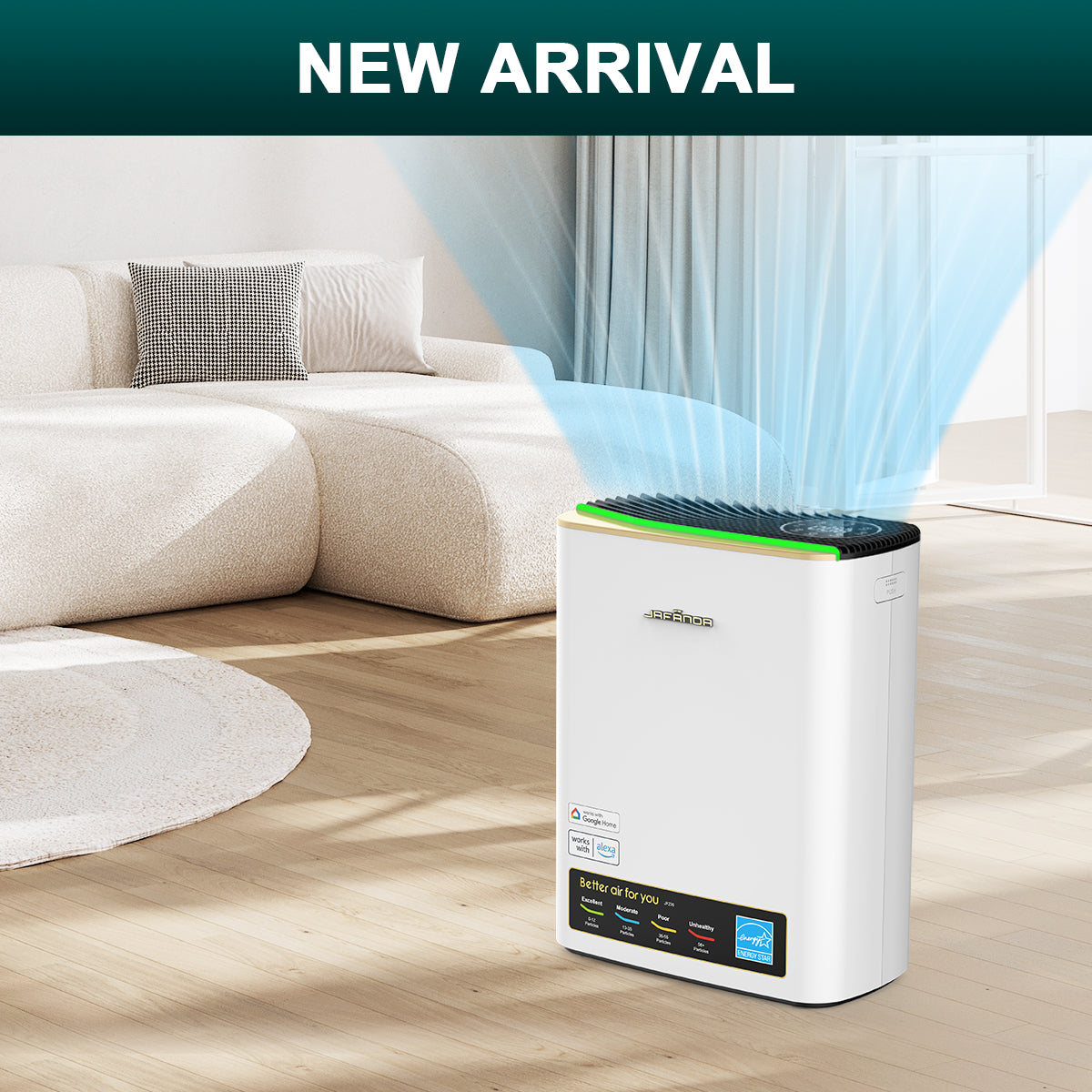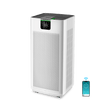Introduction: Allergens are substances that trigger allergic reactions and can be present in our surrounding environment. Understanding different types of allergens and their sources of contamination is crucial for preventing and managing allergies. This informational article will introduce common types of allergens, including dust mites, pollen, pet dander, as well as hidden allergens like VOCs and SVOCs, which have a significant impact on indoor air quality.
Common Allergens:
-
Dust Mites:Dust mites are tiny arachnid-like creatures that primarily inhabit household environments such as beds, carpets, and furniture. Their excrement and body fragments are the main causes of allergic reactions, leading to symptoms like nasal congestion, runny nose, and coughing. Keeping indoor environments clean and well-ventilated, regularly washing bedding and carpets, can reduce the proliferation of dust mites.

-
Pollen:Pollen is the plant's medium for pollination and is often spread through the air by wind. For individuals with pollen allergies, when pollen enters the respiratory system, the immune system reacts allergically, resulting in symptoms like nasal congestion, runny nose, coughing, and itchy eyes. Pollen allergies are often associated with seasonal changes, such as tree pollen in spring and grass pollen in summer. Avoiding outdoor activities during peak pollen seasons and maintaining cleanliness indoors with air filtration measures can alleviate symptoms.

-
Pet Dander:Proteins found in pet dander are common allergens. People may be allergic to pet dander from animals such as cats, dogs, and rodents, leading to respiratory symptoms and itchy skin. Although it is challenging to completely eliminate pet dander due to its small size, measures can be taken, such as regularly cleaning pets, maintaining indoor ventilation, and using air purifiers, to reduce exposure to allergens.
Hidden Allergens:
- VOCs:Volatile Organic Compounds (VOCs) are a category of chemicals that volatilize in indoor environments and originate from building materials, furniture, cleaning agents, paints, etc. VOCs release odors that are often perceived by people, but their emissions can trigger allergic reactions in some individuals. Common VOCs include formaldehyde, benzene, toluene, among others. Ventilating indoor spaces, choosing low-VOC materials, and reducing the use of chemical products can decrease exposure to VOCs.
-
SVOCs:Semi-volatile Organic Compounds (SVOCs) are a category of chemicals that slowly release in indoor environments and primarily come from plastic products, furniture, electronic devices, etc. SVOCs can enter the human body through air and dust, potentially triggering allergic symptoms in some individuals. Common SVOCs include phthalates (such as di(2-ethylhexyl) phthalate) and chlorobenzene. Choosing eco-friendly furniture and electronic products, maintaining indoor cleanliness, and other measures can reduce exposure to SVOCs.
Conclusion: Understanding the types of allergens and common sources of allergen contamination is crucial for preventing and managing allergies. Dust mites, pollen, and pet dander are common allergens found in the air, while hidden allergens like VOCs and SVOCs significantly impact indoor air quality. By maintaining cleanliness, ventilation, and using air purifiers, we can reduce exposure to allergens, thereby alleviating allergic symptoms and improving indoor environmental qualit











Leave a comment
All comments are moderated before being published.
This site is protected by hCaptcha and the hCaptcha Privacy Policy and Terms of Service apply.